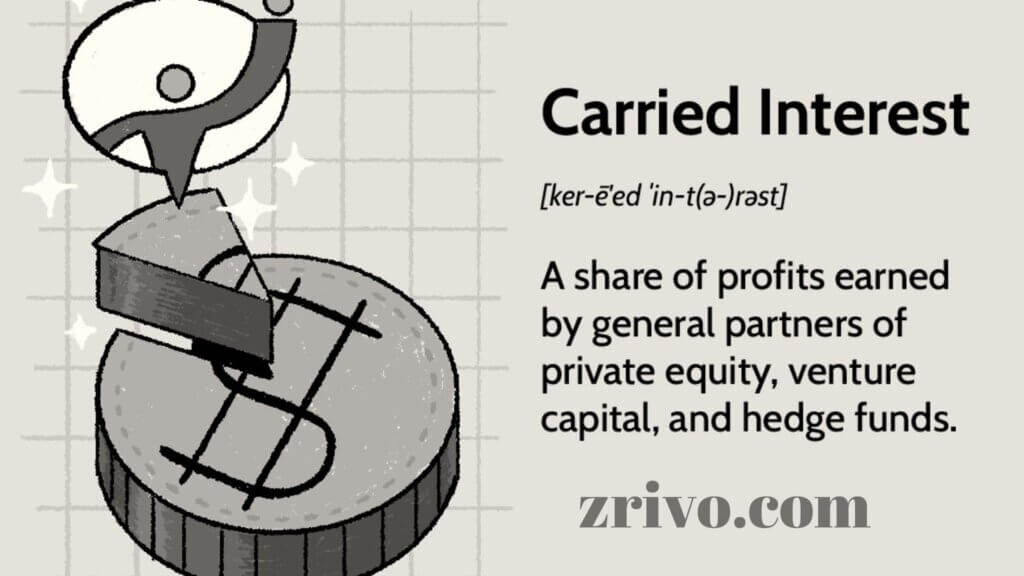
Carried interest is a form of compensation that can be taxed at lower rates than ordinary income. It is usually paid to people who run private equity, hedge funds, or venture capital funds as investment executives. Knowing about carried interest before investing can be a good idea. Despite its controversy, the carried interest loophole is still alive and well. This is a testament to Wall Street’s ability to lobby in Washington.
What is Carried Interest Loophole?
The carried interest loophole first gained national prominence in 2007 when a law professor wrote a journal article about it.
During the Occupy Wall Street protests of 2011 and the 2012 presidential debates, Mitt Romney, who used to run a private equity investment firm, said he would close the loophole. The loophole was brought up again during the 2016 election campaign, during which both Donald Trump and Hillary Clinton pledged to close the loophole.
The carried interest loophole has been around for years. It lets money managers treat their income as capital gains and get a better tax deal because of this. Many fund managers and investment executives take advantage of this loophole to make the most money and pay the least tax. However, a new law aims to close the loophole partially.

Who Benefits from Carried Interest?
There is a lot of controversy surrounding the carried interest loophole. The loophole is used to reduce taxes on a huge amount of wealth. The loophole is used by between 3,000 and 5,000 fund managers, and it saves the government anywhere from $1.8 billion to $18 billion a year. Closing this loophole could free up significant funds for government programs.
Many believe the carried interest loophole is unfair to wealthy asset managers, as it allows them to pay lower taxes. For example, an asset manager can earn $400,000 while still paying only $150,000 in taxes. This is because carried interest is misclassified as income for tax purposes. The taxman is taxing the investment manager’s cut of profits as capital gains rather than the income from their investments.
Carried Interest Loophole is Hard to Beat
The carried interest loophole is a tax break that allows some investors to convert their income into lower-taxed capital gains. While this tax break isn’t available to all investors, it is still a great way to save money on taxes. The 5,000 richest Americans use the loophole to split $1.8 billion a year. And on average, these individuals receive $300,000 in tax breaks.
The loophole is a prime example of how money can corrupt the political system. While many politicians agree that the carried interest loophole should be closed, a huge lobbying effort is in place to keep it open.